Exploring the Architectural Marvels and Historical Significance of Arulmigu Ramanathaswamy Temple in Rameshwaram, Tamilnadu : A Spiritual Journey Through Time
Arulmigu Ramanathaswamy Temple, also known as the Rameshwaram Temple, is one of the most significant Hindu temples in India. Located in the town of Rameswaram in the southern state of Taminadu, the temple is dedicated to Lord Shiva and is one of the twelve Jyotirlinga temples in the country.
The temple has a rich history and is believed to have been built during the 12th century by the Pandya Dynasty. Over the years, the temple has undergone several renovations and expansions, with the most recent being in the early 20th century.
One of the most unique features of the Ramanathaswamy Temple is its long corridor or hallway known as the “Ramanathaswamy Corridor.” The corridor is approximately 1.2 km long and has over 1,000 intricately carved pillars. The corridor is also believed to be the longest temple corridor in the world.
The temple is also known for its holy water tanks or “teerthams.” There are 22 teerthams in and around the temple, and each one is believed to have unique healing properties. The most famous of these teerthams is the “Agni Teertham,” which is located just outside the temple and is believed to have been created by Lord Rama himself.
The Rameshwaram Temple is also an important pilgrimage site for Hindus, particularly those who are performing the “Char Dham Yatra” or the four sacred pilgrimages. According to Hindu mythology, a pilgrimage to Rameshwaram is said to wash away one's sins and grant them moksha or liberation.
The temple is also significant for its association with the Hindu epic, Ramayana. According to the legend, Lord Rama is said to have prayed to Lord Shiva at the site where the temple now stands, seeking blessings before he went to battle against the demon king Ravana.
The Ramanathaswamy Temple is not just a place of worship, but also a symbol of the rich cultural heritage of India. The intricate carvings and architecture of the temple are a testament to the skilled craftsmanship of the artisans of the time. The temple is also an example of the religious harmony that exists in India, as it is visited by people of all faiths.
It is common for many temples in India to prohibit the use of phones and cameras inside their premises, including the Arulmigu Ramanathaswamy Temple or the Rameshwaram Temple. The reason behind this restriction is rooted in the religious and cultural significance of the temple.
In Hinduism, temples are considered to be sacred spaces where devotees can connect with the divine. It is believed that the presence of mobile phones and cameras can disrupt the peaceful and spiritual atmosphere of the temple. The sound of phone calls, camera flashes, and selfie-taking can be disruptive and disrespectful to other worshippers and to the deity itself.
Moreover, the prohibition of phones and cameras is also intended to preserve the privacy and dignity of the worshippers. The temple is a place where people come to seek blessings and offer prayers, and it is important to respect their privacy and refrain from taking pictures or videos without their consent.
But it's a kind of scam at Arulmigu Ramanathaswamy Temple. If you are hiring a guide to explore the temple, you can take your phone/camera inside. We met someone inside the temple who had phone and that's how we have one image on the top from inside the Temple. We had put our stuff in locker maintained by one of the shops outside but after knowing this guide model we felt cheated.
The Arulmigu Ramanathaswamy Temple or the Rameshwaram Temple is an important pilgrimage site for Hindus and a significant symbol of India's cultural heritage. The temple's unique features, such as its long corridor and holy water tanks, make it a must-visit destination for anyone interested in exploring India's rich history and culture.
 Dr. A P J Abdul Kalam - Former Indian President and Missile Man of India
Dr. A P J Abdul Kalam - Former Indian President and Missile Man of India
 Noida to Rameswaram road trip via the Eastern Ghats || A Challenging, Intense, and Enriching Journey through Six States of India
Noida to Rameswaram road trip via the Eastern Ghats || A Challenging, Intense, and Enriching Journey through Six States of India Delhi to Bhopal Road Trip - The very first day of our 14 days long trip through east coast of India || Noida to Rameshwaram
Delhi to Bhopal Road Trip - The very first day of our 14 days long trip through east coast of India || Noida to Rameshwaram
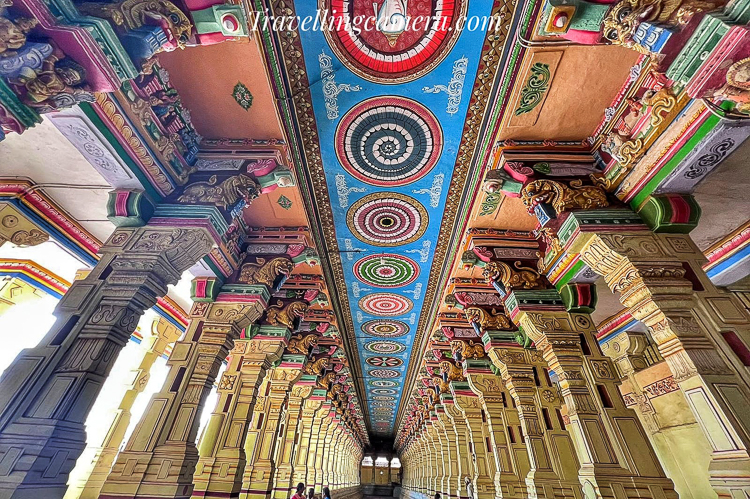
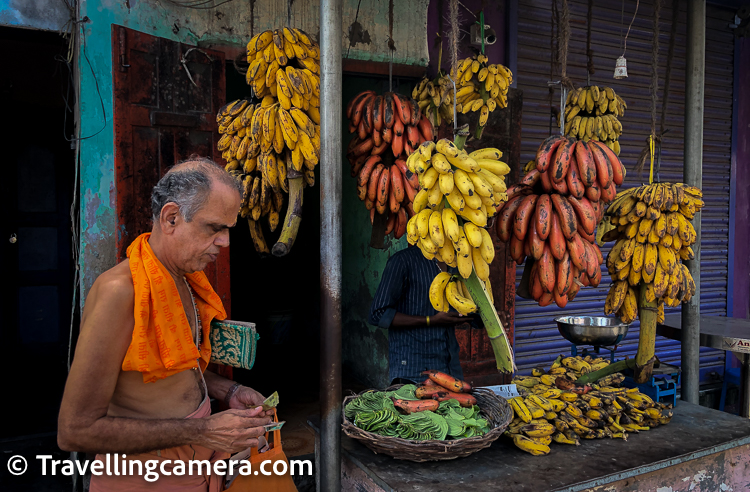


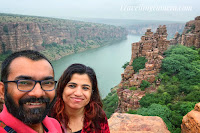

%20to%20see%20the%20Danish%20fort%20in%20Tamilnadu%20state%20of%20India-3.jpg)

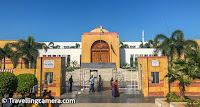
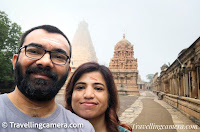



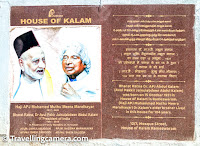


.jpg)
Comments